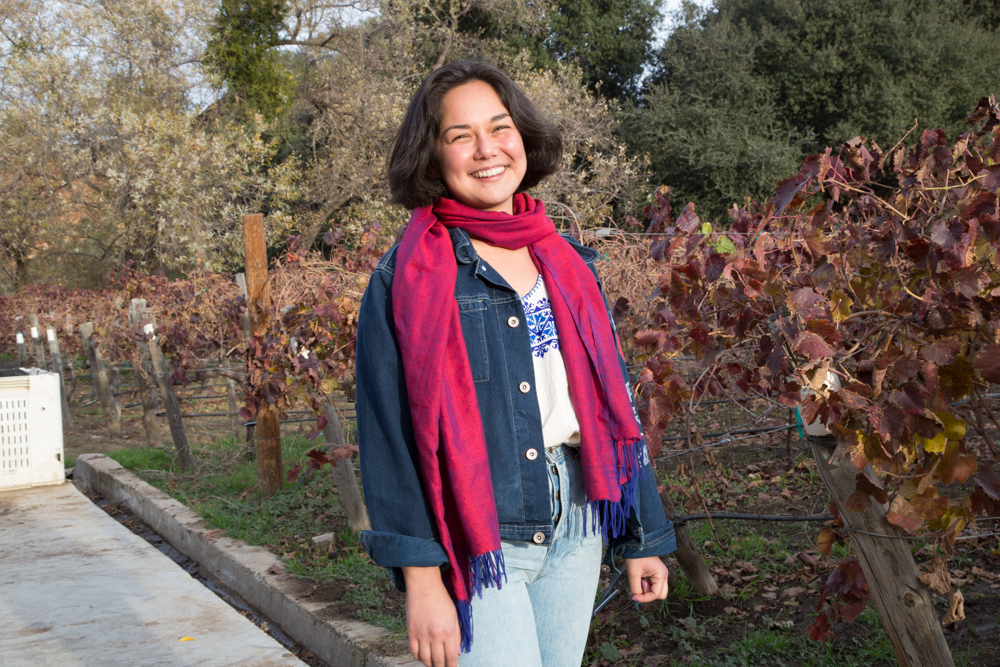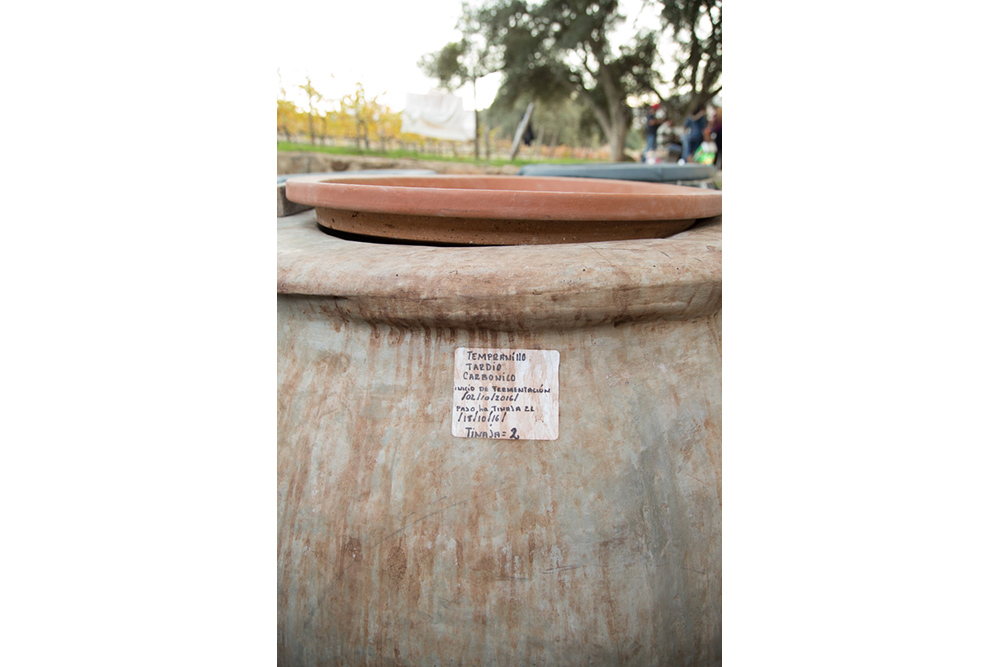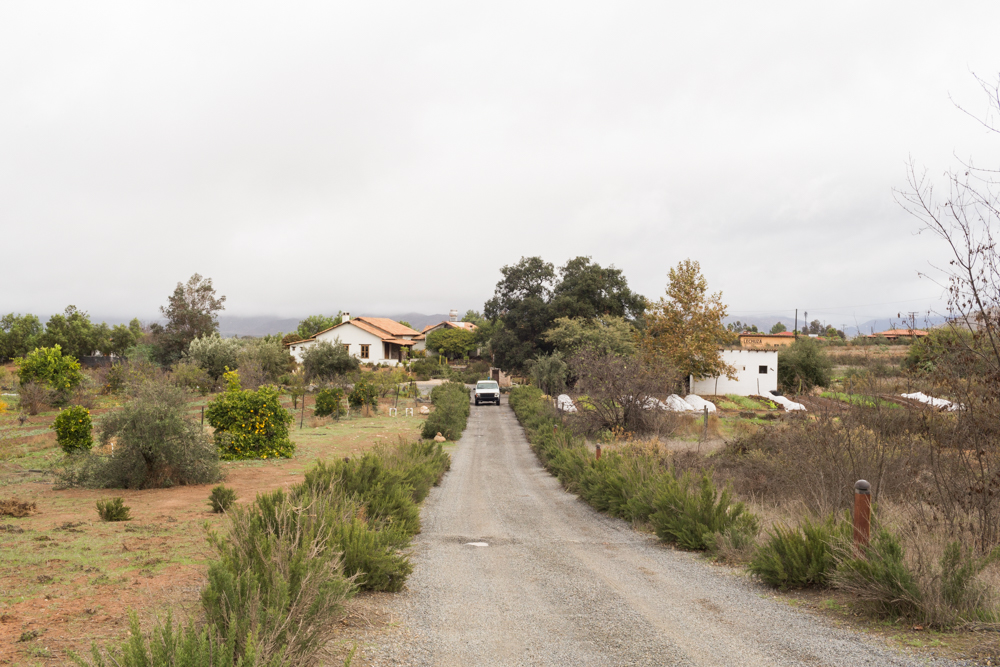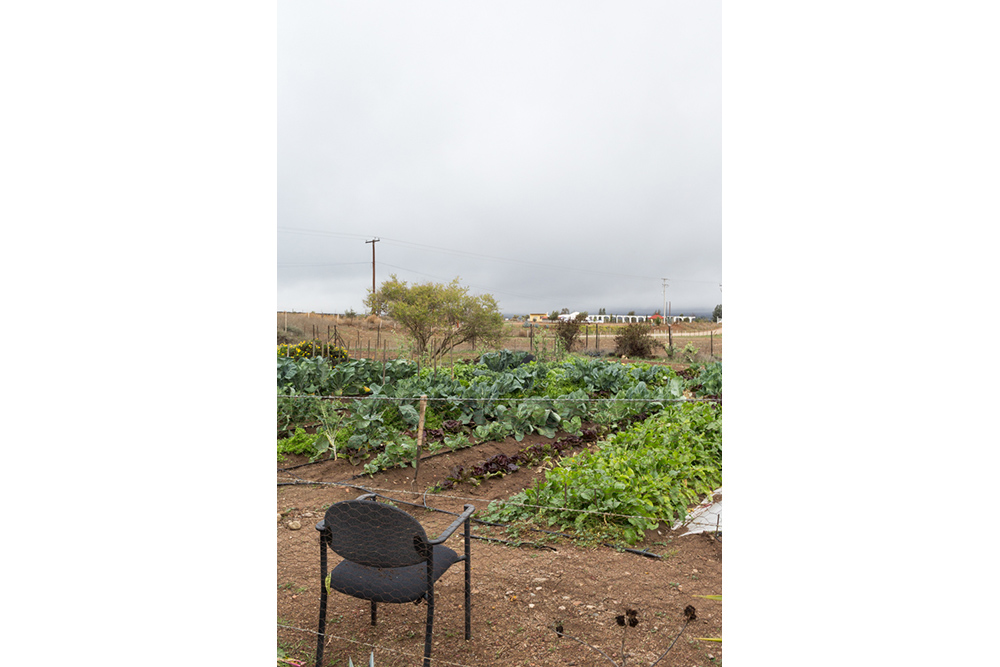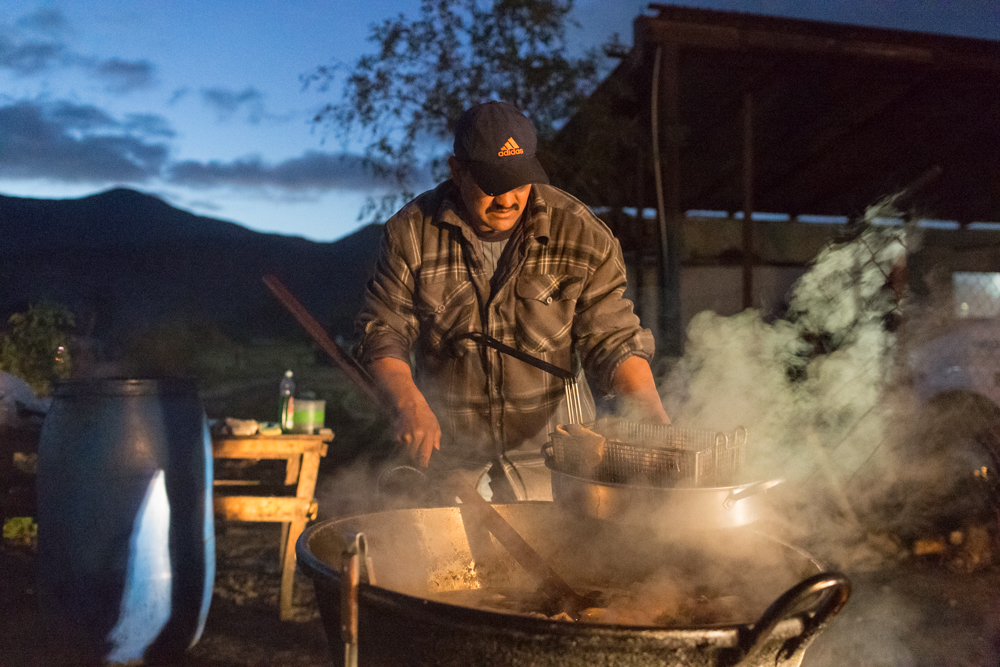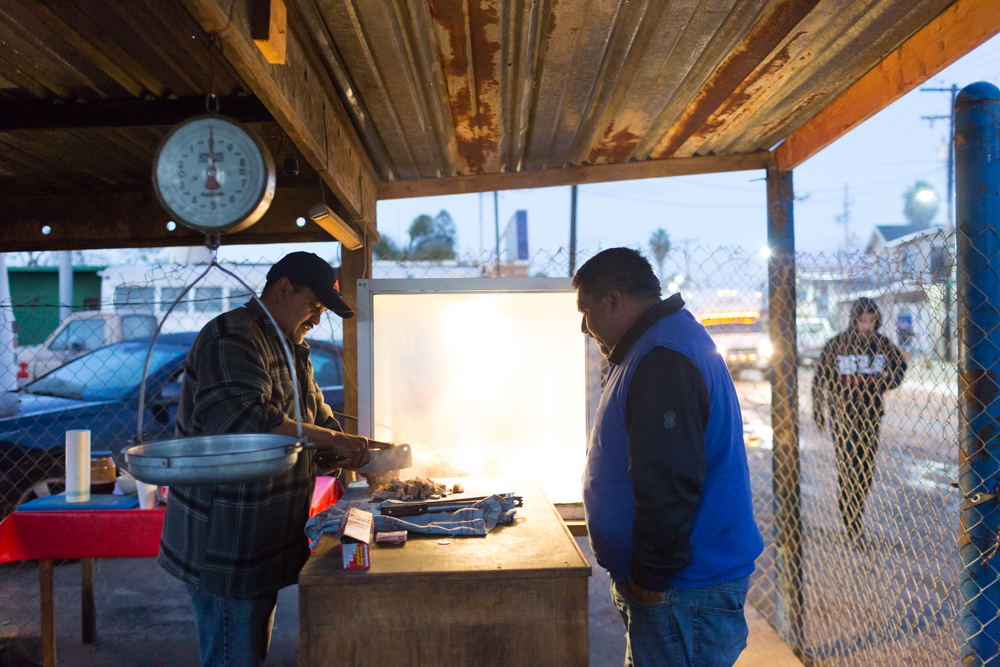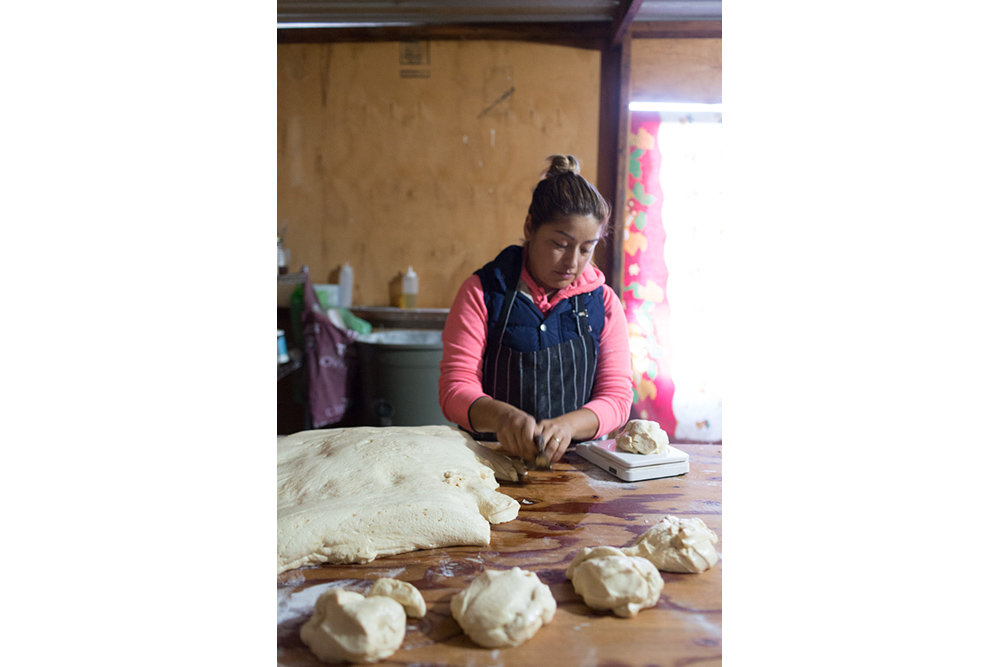Chef Rafa's Parsnip Tostada + Roadside carnitas
Ensenada’s Laja Restaurant + Roadside Carnitas
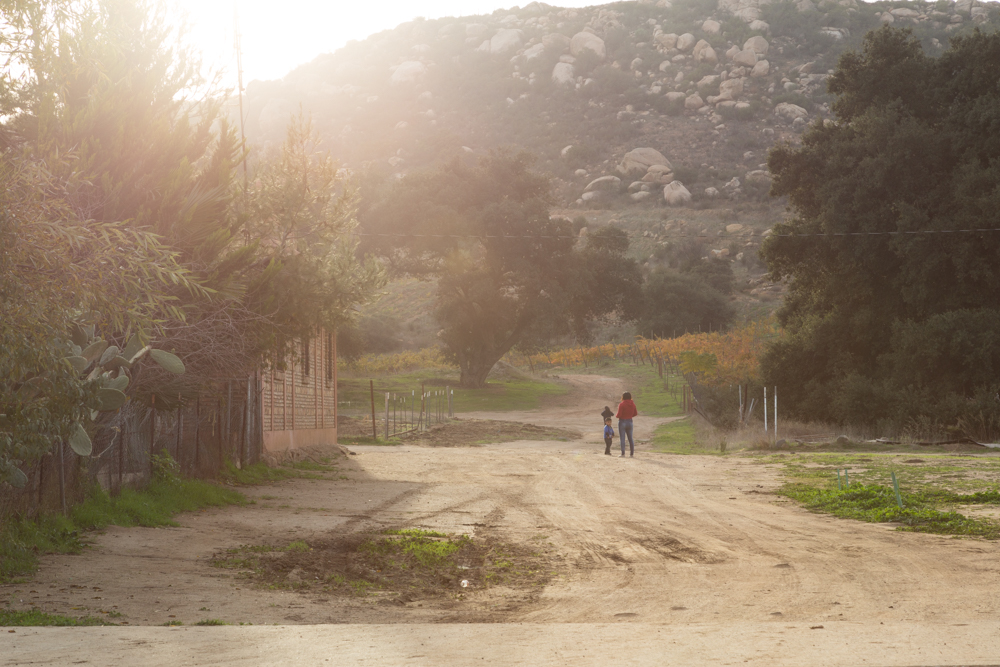
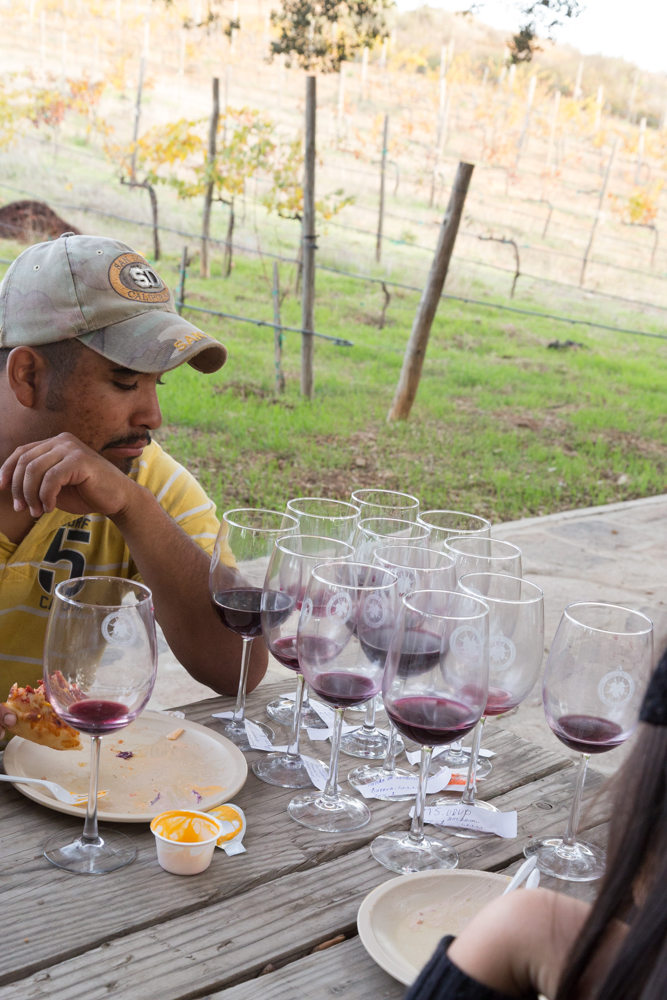
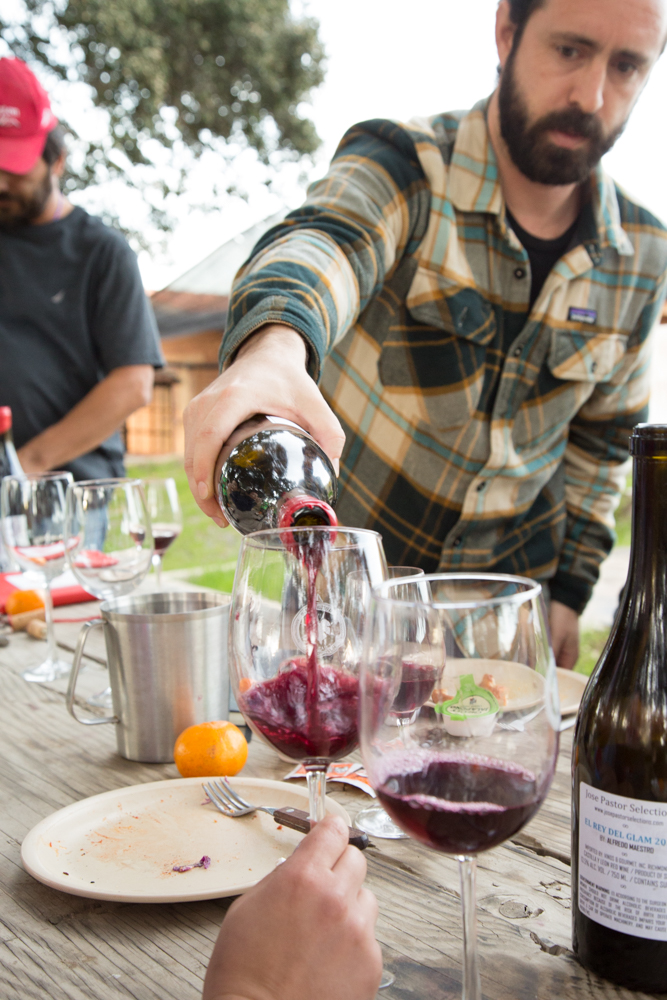
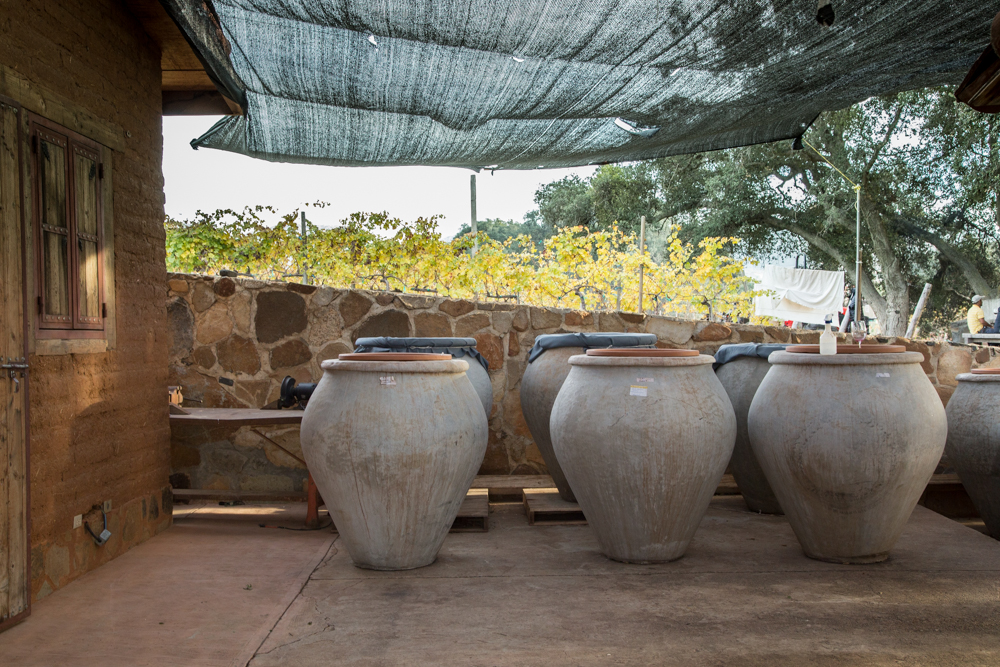
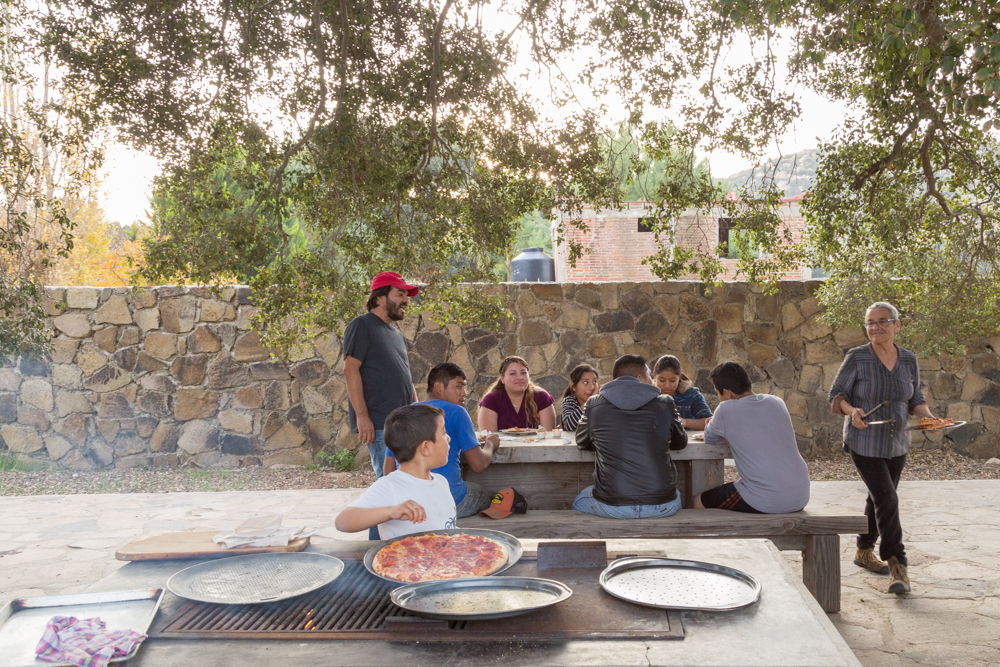
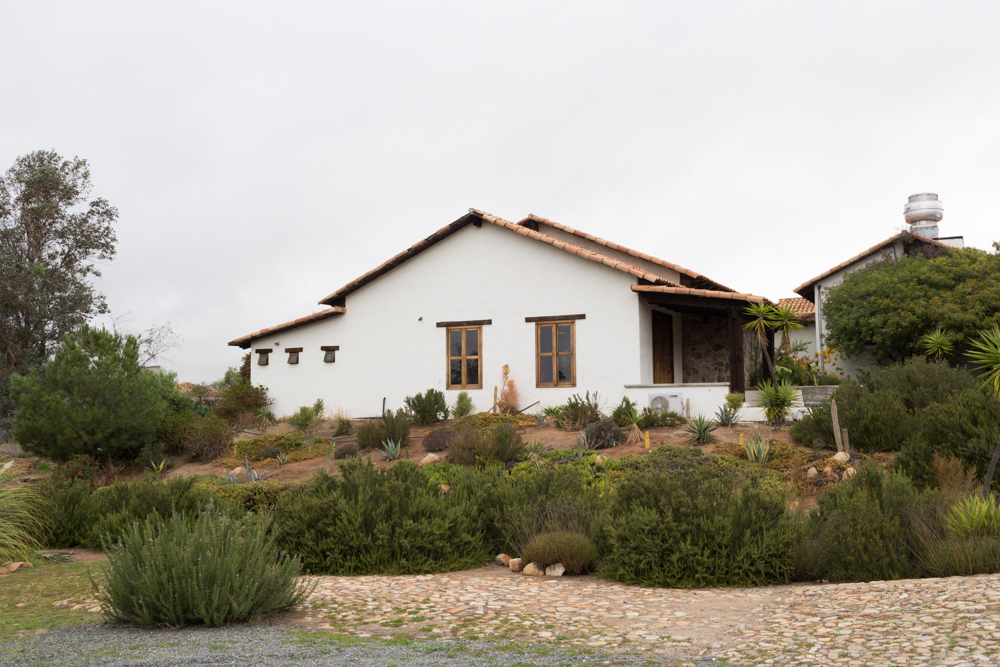
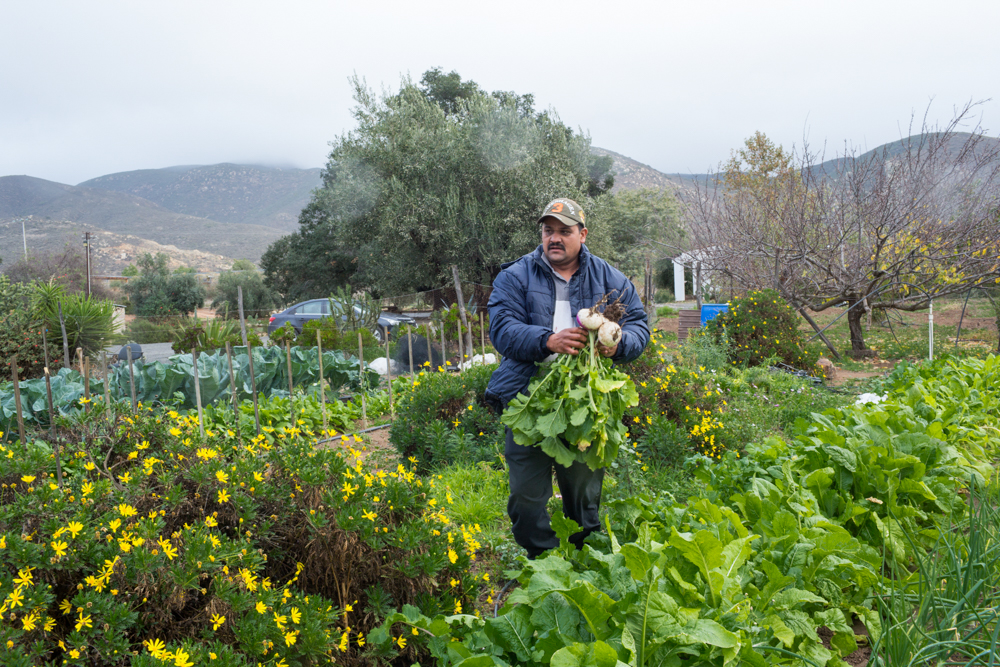
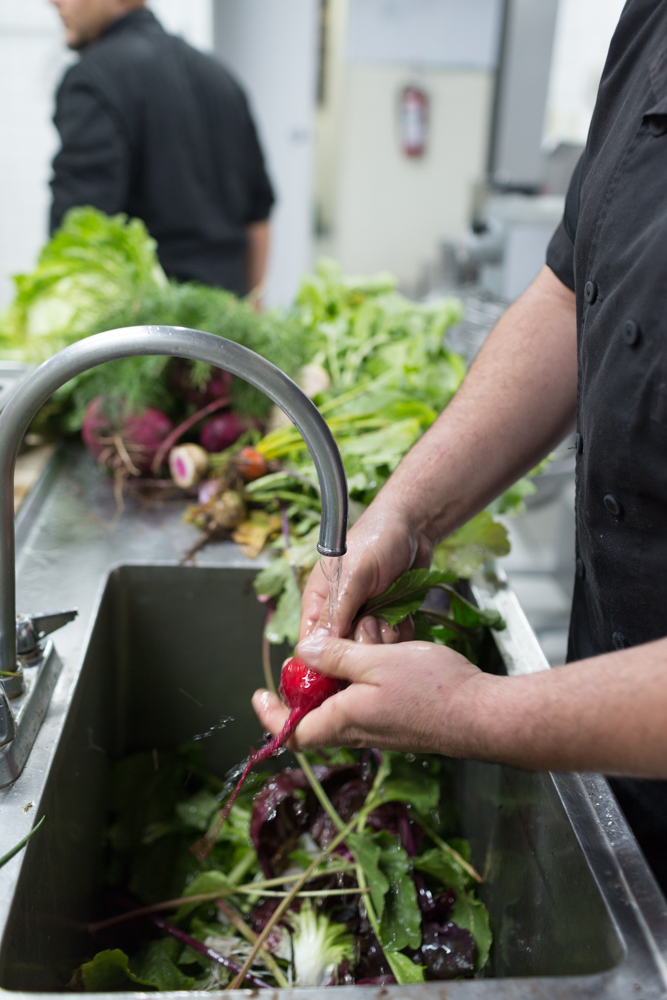
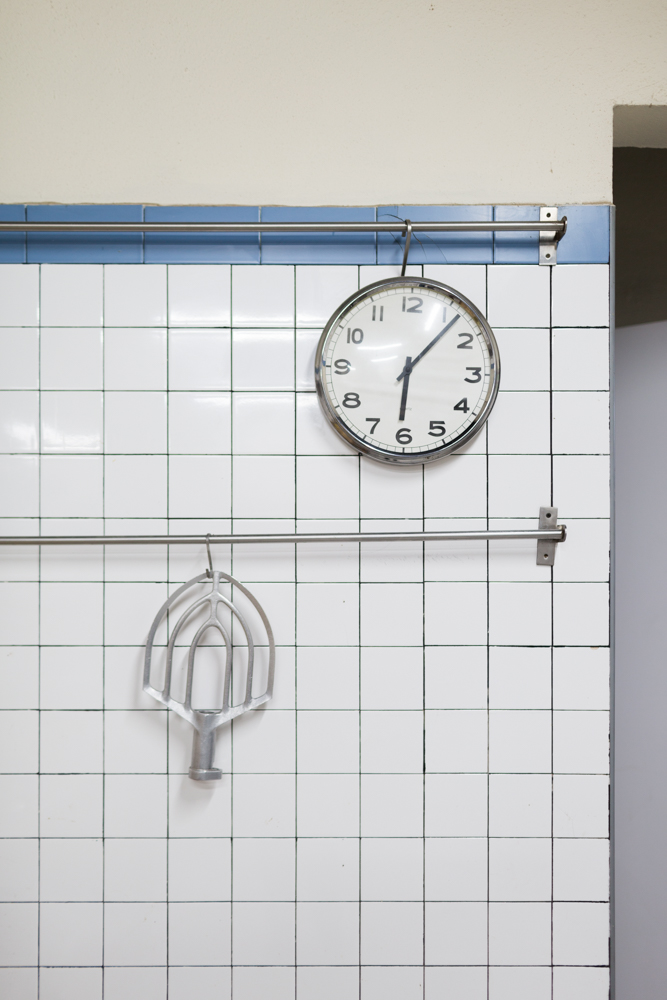
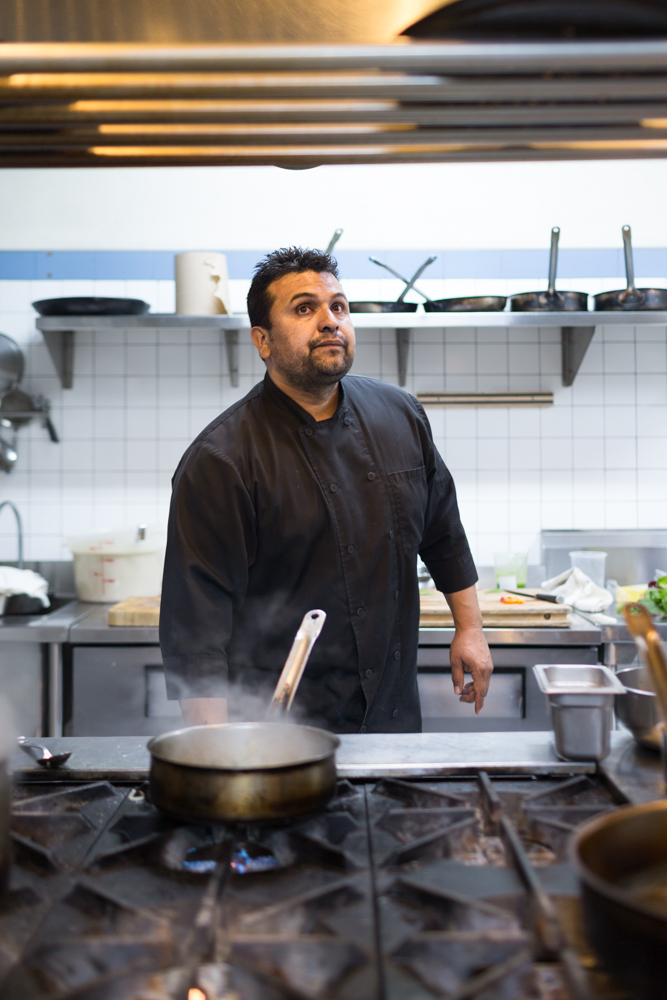
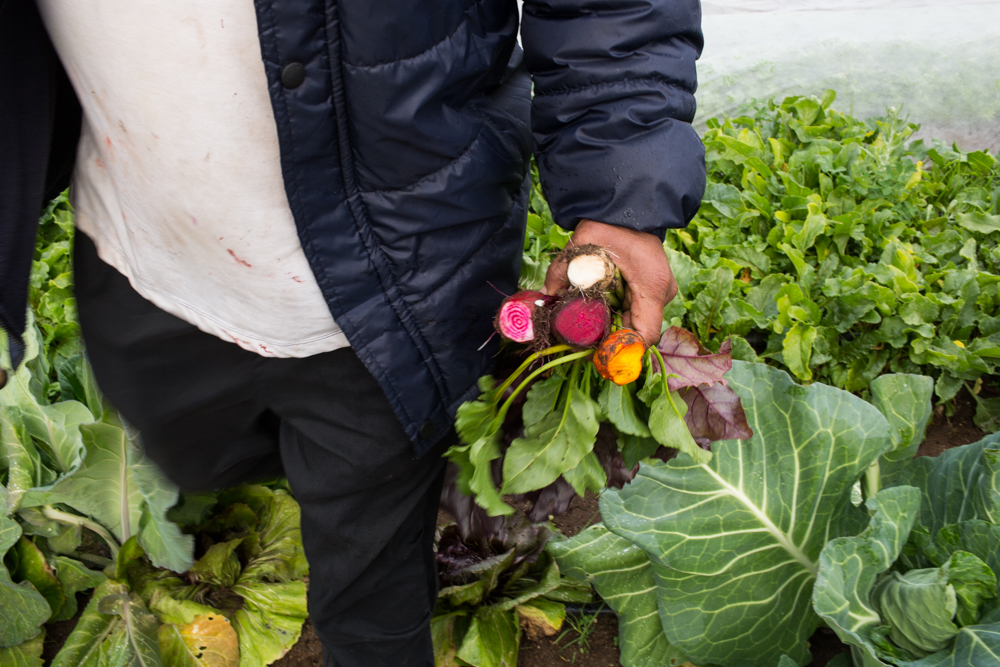
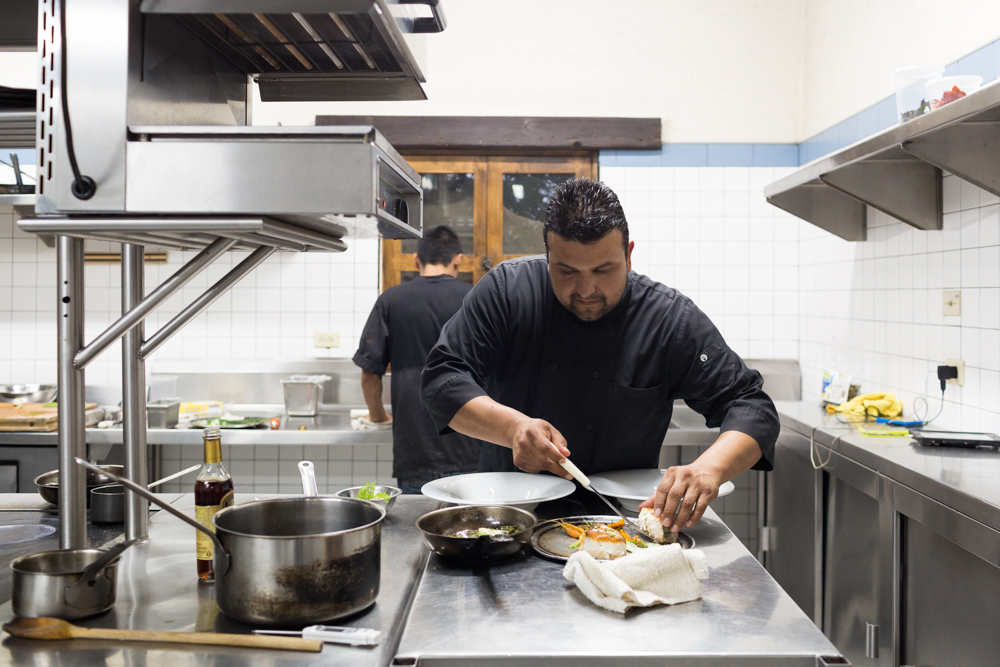
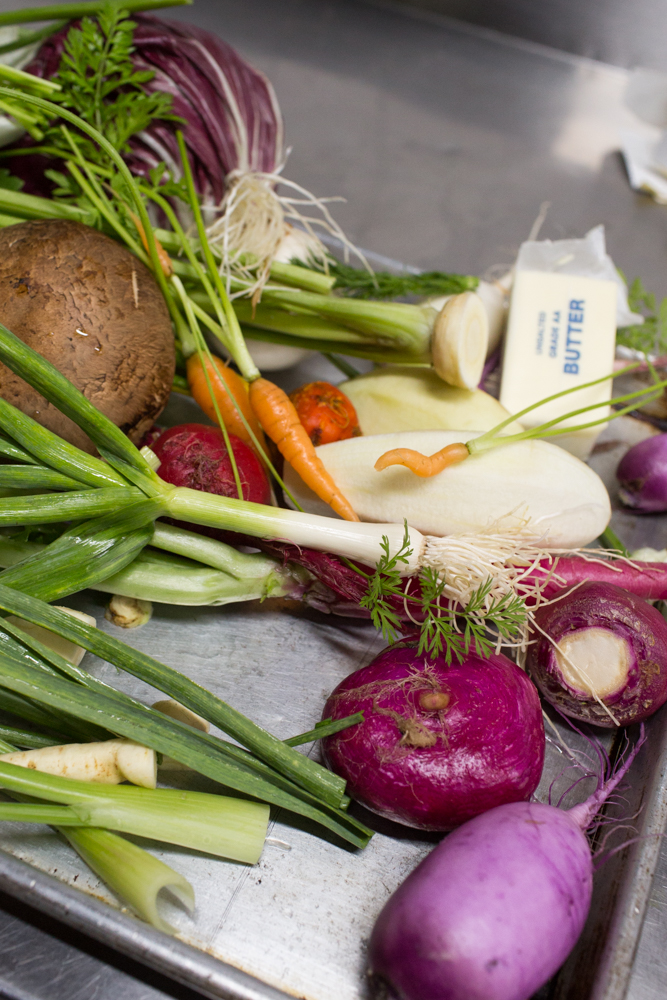
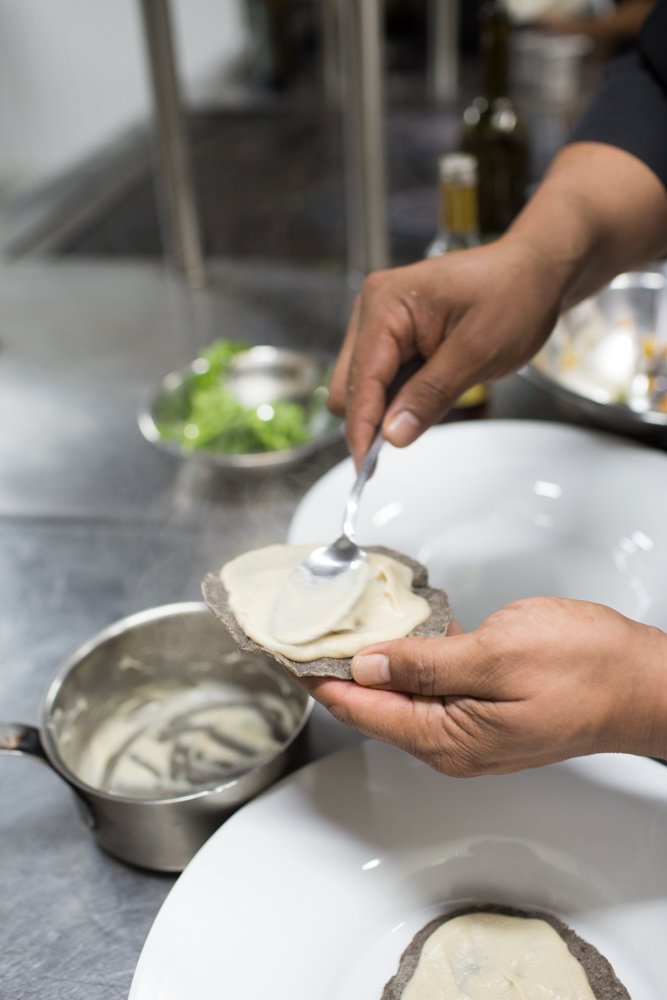
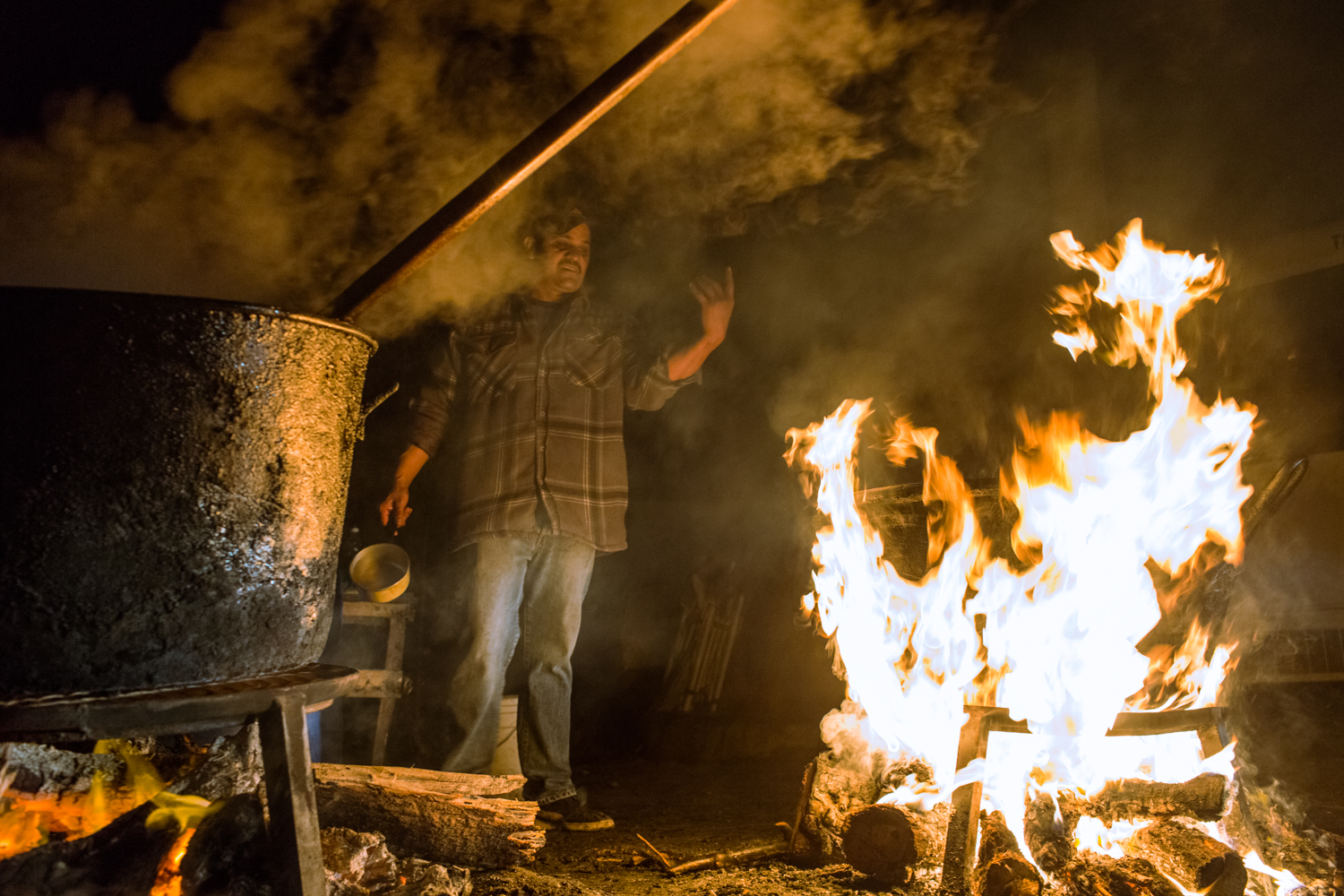
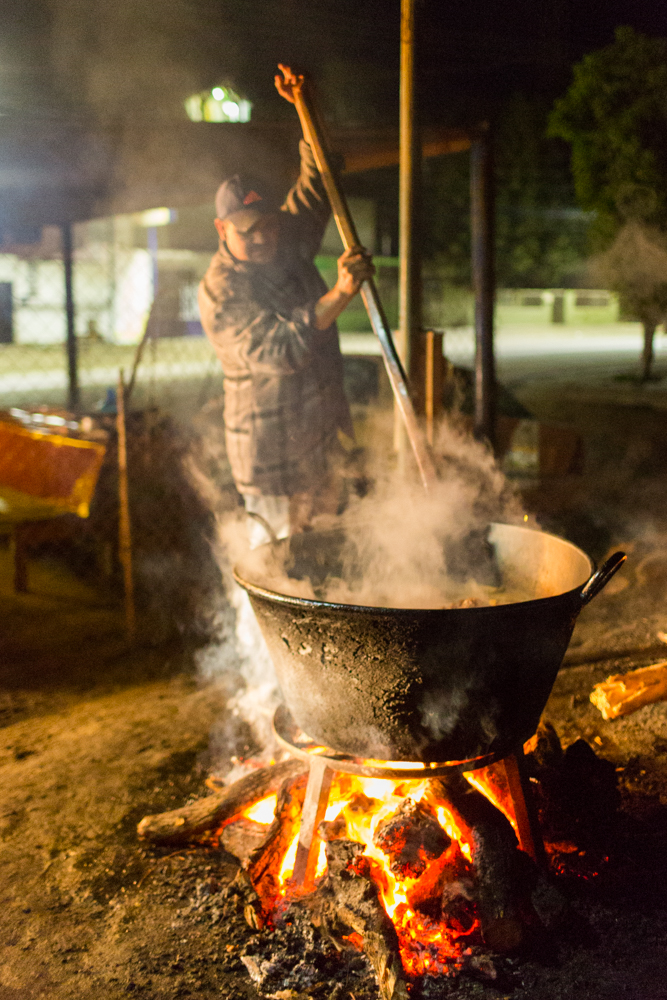
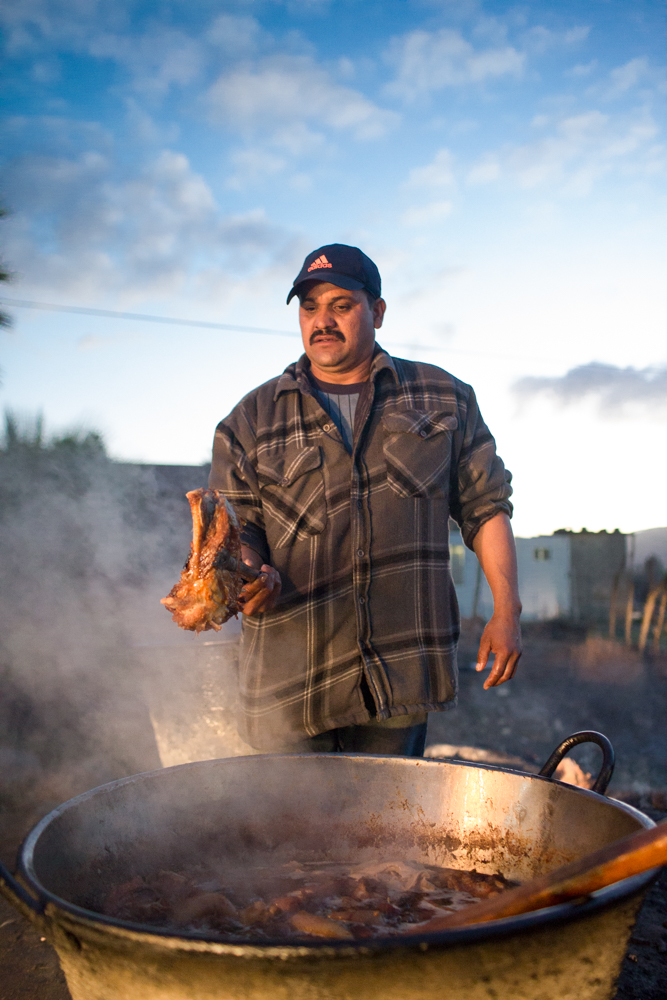
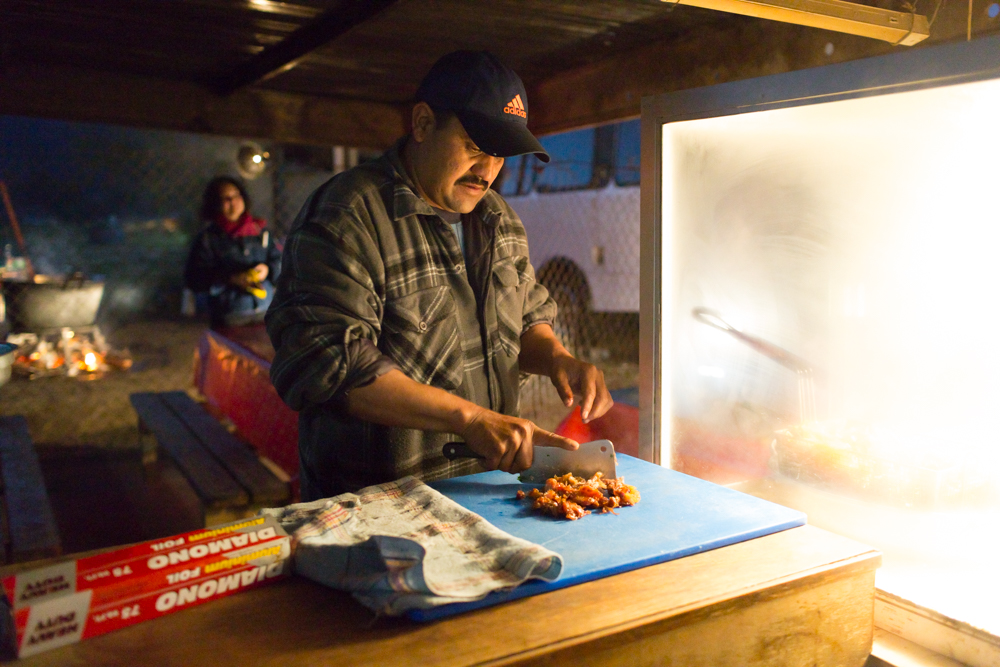
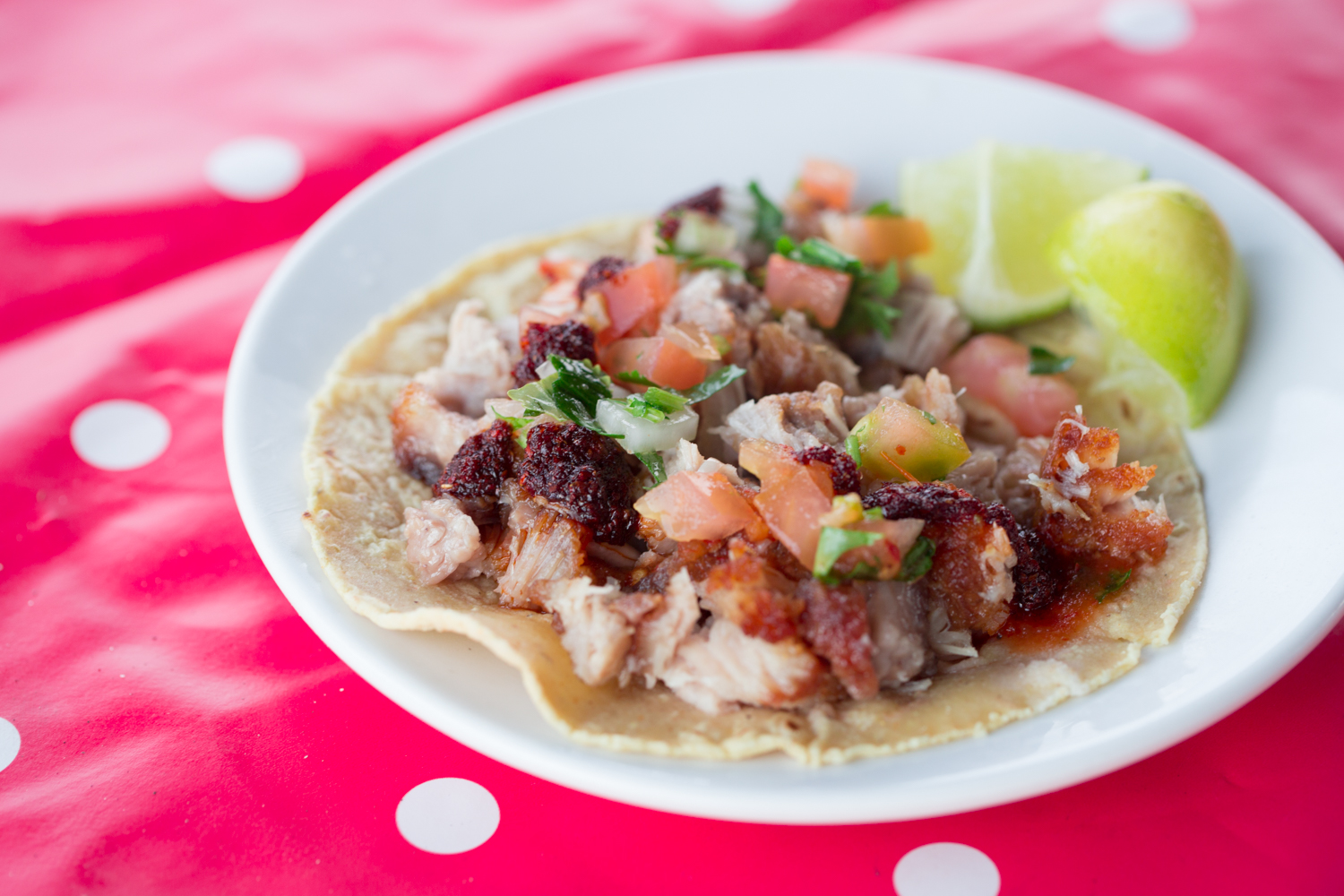
POSTED UNDER
- Ensenada,
- laja,
- mexico,
- street food,
- Travel,
- VEGETARIAN
RECIPE
DIFFICULTY
EASY
SERVES
2
PREP TIME
20 MINS
For the purée
-
2tbsolive oil
-
4babyparsnips, diced
-
1pinchkosher salt
-
1pinchcrackled black pepper
-
1cupsliced onion
-
2clovesgarlic
-
Tostadas
POSTED UNDER
- Ensenada,
- laja,
- mexico,
- street food,
- Travel,
- VEGETARIAN
From tasting menus to roadside carnitas, on my trip to Ensenada, I was surely in the right hands. Traveling in Mexico with my friend, cook, mezcal expert and fixer Niki Nakazawa, always reveals the very best this country has to offer. I drove across the border at Tijuana, and met up with Niki as she was partying at Bichi, a biodynamic winery. I found her at a long picnic table, in the midst of a vineyard staff party. Entire families were drinking the funkiest natural wines, and reheating Domino’s pizza over a wood burning stove. In my opinion, this is exactly the way beautiful wine should be consumed. In this low-key picnic environment, the man serving up the wine was José Pastor of Jose Pastor Selections in CA (very important importer of Spanish natural wines). Louis-Antoine Luyt, the French wine maker who makes incredible natty wines in Chile and who is a partner in Bichi, was also present.
Niki is based in Mexico City, but when we met up she had just finished leading a tour of the country for Noma’s Beverage Director, Mads Kleppe, tasting everything from Carlos Cohen’s experimental mead inoculated with California Pinot Noir yeast, to the exquisite clay-distilled mezcals of Eduardo Angeles in Santa Catarina Minas, Oaxaca. Her travels ended in Ensenada where we dipped into the Valle de Guadalupe’s wine region, and visited the first farm to table restaurant in Mexico, Laja. Laja is near the wine trail, but definitely a world apart. There is no way one would find it without a tip, and after spending the day with Laja’s Chef Rafa, and his brother Maro, the restaurant’s organic gardener, I had the sense that this sense of remove was intentional. This spot is a hidden gem, a place that attracts people with an expanded view of what constitutes “Mexican cuisine.” For the people who work here, this is a way of life, a family, and a mission, rather than a means to food world stardom, or notoriety.
I wanted to taste their famous food, and to visit the grounds where they grow nearly every ingredient we ate that day. What I didn’t expect was the marathon of cookery and culinary back flips that followed. First, Niki and I picked the veggies with Maro under a light haze of rain – monster radishes and beets, bushels of salad greens and the happiest herbs I’ve ever seen. Back in the kitchen, Rafa was already scheming, enlisting his full staff to create this rolling meal for two. The recipe I share here was so simple – a silky parsnip purée, spread over a seaweed based tostada, topped with a quick stir fry of fresh, thinly cut veggies. But that was only the first course.
Having devoured the most refined, and delicious tostada of my entire life (and I have eaten a lot of tostadas), I expected Rafa to pack up. I was very, very wrong — we were in it for the long haul. There was a salad of baby lettuces and butter poached Japanese turnips. There was fish caught that day, perfectly seared on the outside, served with the most simple presentation of expertly charred garden vegetables. My personal favorite, a dish I still think about regularly, was poached eggplant in tomato jus, topped with fennel fronds and microgreens. Hours later and bottles of wine deep, Rafa finally hung up his apron and joined us. He told us how he inherited his position, starting as a line cook, before this place awakened his latent passion for food. Laja was started by chef Jair Téllez, now relocated to Mexico City where he has gone on to open celebrated restaurants MeroToro and Amaya. While Rafa is quick to tell us that Jair taught him everything he knows, he clearly has an intuition all his own, rising from kitchen assistant to head chef in Jair’s absence. The amazing thing is that Rafa does not read or write, so no recipes were involved in his culinary education. Rafa learned by watching, tasting, and smelling. As we watched Rafa cook with his laser beam focus, it was clear that no script was needed.
But good food was not alien to Rafa and Maro growing up. This we would learn later that night when Niki and I awoke at 2am and dove to an unmarked spot on the side of the road. There we found Maro, setting up his family carnitas stand, tending a bubbling, fiery cauldron of pork and lard, just the way his father did for decades before him. Yes, Maro spends his days growing veggies for the region’s first white tablecloth restaurant, but by night he makes the most traditional, down-home roadside food. He caters to construction workers, and day laborers who start showing up at 6am, grabbing meat, and tortillas for their day on the job site. The contrast was stark, and the work ethic humbling (I really don’t like waking up in the middle of the night). And in 24 hours, we had had the privilege to partake in the very best that Mexico has to offer.
Rafa and Maro in their own words
JS: What time is the sun coming up these days?
Maro: Around 6am.
JS: What time is it now?
Maro: It’s 4:45am.
Julia Sherman: Do you buy the pig already broken down?
Maro: Yes, with how much I already work I don’t have the time to break down the pig myself. I’m at Laja from 8am to 5pm Monday through Friday. On the weekend I have to be up at 2 am to start the fire for the carnitas. Today, I prepared 200kg of carnitas and they will sell out.
JS: What are you going to do with the head?
Maro: At Laja, Rafa serves suckling pig but he doesn’t use the heads, so sometimes I’ll prepare them and put them out on a platter with the carnitas.
JS: Where do you get the tortillas for the tacos?
Maro: Right next door. The delivery boy comes through with them at around 5am while they are still nice and hot.
JS: Do you have to marinate the meat beforehand?
Maro: No, with carnitas, the meat is completely plain, just salted.
My dad would add up to a kilogram of salt to this amount of meat, and it wouldn’t end up tasting salty. I don’t know how he did it. It’s the technique of the maestro. It’s complicated seasoning, as opposed to when you’re making a broth, you can taste as you go along and adjust the salt, but with this, you can’t because it’s cooking in a huge vat of pure lard. I’ll save the lard and reuse it for a month, maybe a month and a half.
JS: So your dad taught you how to make carnitas?
Maro: Yes, my father taught us how to make birría, carnitas, barbacoa, consume, menudo; traditional Mexican food. Food that people like.
JS: When did your dad retire and pass the stand on to you?
Maro: This month it’ll be 2 years. Before that my father had been making carnitas here for 12 years. I have a hard time getting up this early. Sometimes I can’t sleep, or I’m afraid I won’t wake up on time.
[Shining the head lamp into the pot] See, now the carnitas are starting to get this nice reddish color. If you don’t cook them with enough heat they end up looking white and if you cook them with too much heat, they can end up chewy. It’s a balance.
JS: Do you think your dad would be angry if you stopped making carnitas on the weekend, since you work full time as the gardener at Laja?
Maro: It was hard at first when my father left me with the stand. I struggled for about 2 months until I started to get the hang of it. But yes, he would be angry if I didn’t keep up with the tradition. He thinks my carnitas are good!
Julia Sherman: Now Rafa, what did you do before you were a cook?
Rafa Magaña: I used to be a contractor. I was thin then. When I first started as a cook at Laja, I was in it for the money. Like most people of my social class, I had no idea what this world of fine dining was about. I did not understand how anyone would eat Jair’s [Chef/Owner of Laja] food. But when I saw our first guest enjoy their meal, my whole mentality changed. I was hooked.
JS: And how did you advance yourself from entry level kitchen staff to be the Chef de Cuisine?
RM: I have always been a hard worker. If another worker earned 600 pesos a day, I would earn 1,200. When Jair would ask me to cook fillets in 30 seconds, my response was, “I’m going to do it 20!” During the first six months that I worked at Laja, I came early in the morning to open the restaurant with just one helper. When Jair arrived, I made sure his station was organized, his knife cleaned, everything was set-up. I knew exactly what he needed.
JS: And he was a mentor to you?
RM: He taught me everything. Then, Jair decided he was going to leave the restaurant with me in charge. I was extremely nervous to be left alone. The clients worried that the restaurant would not be the same without him. But then, they came, they tasted the food, and were surprised to find that it was identical. This is how people started to hear about me. They knew my name but not my face.
JS: Your relationship with Jair sounds like one you would have with a family member?
RM: Jair is really more of a brother than a friend. I have been taking care of this business for many years, and we still have the same pans, knives and everything from when we first opened.
I do this out of love, and I stayed for him, but also because I need to support my family, the family of my cousin, my brother, and my nephew. We all know what we need to do.
JS: The culture of this kitchen feels different from others. It’s convivial, fun, everyone is in it together.
RM: We don’t yell at each other, we try to teach each other calmly and patiently. Working within the family has made things much easier. Maro, my brother, has been here for 9 years, my cousin has been here for 9 years, and my nephew has been here for 4 years. This kind of stability has allowed us to establish a work environment.
